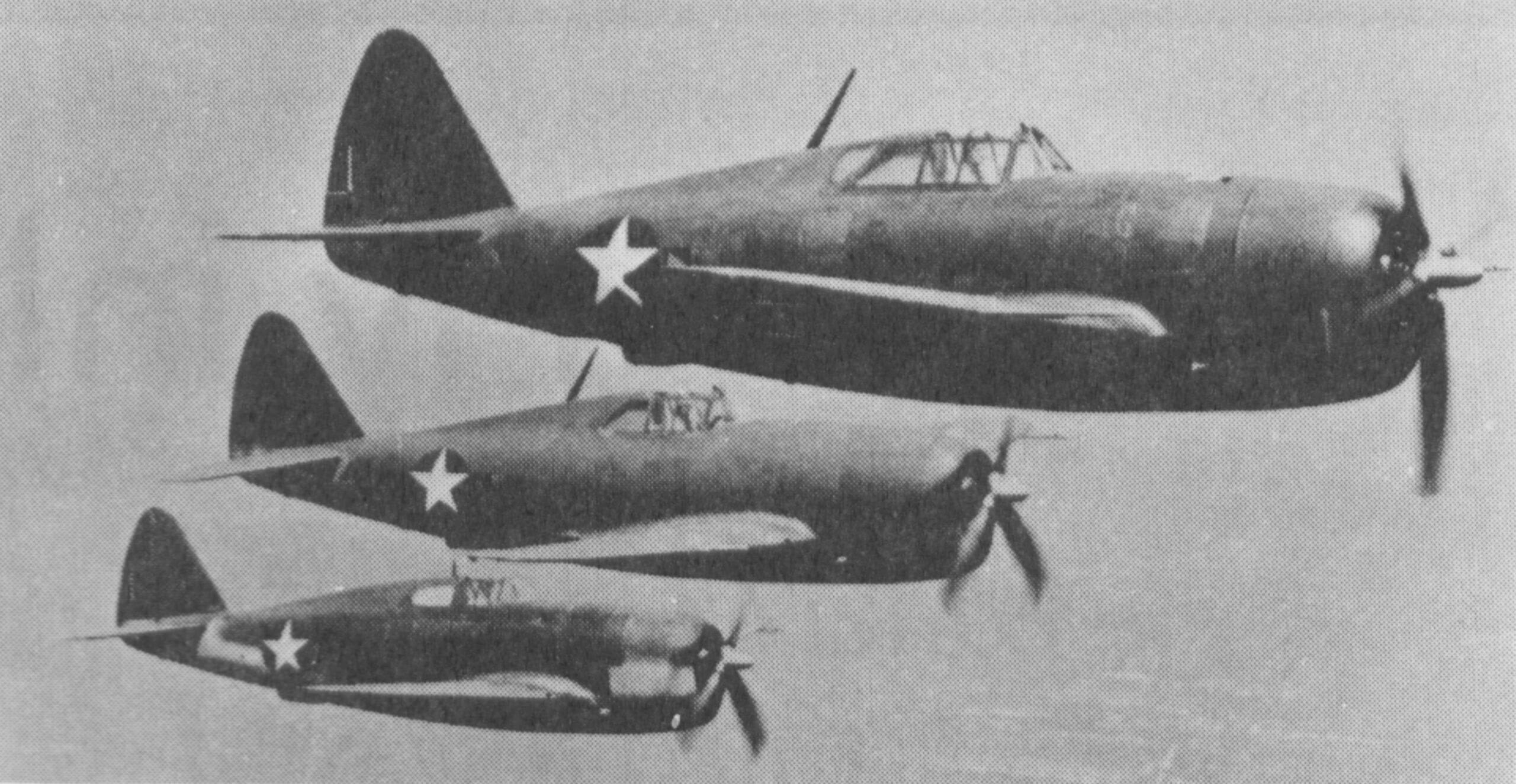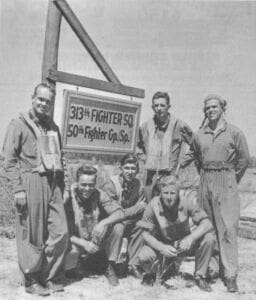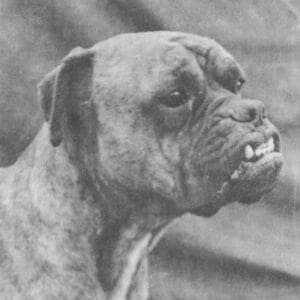
By Frank Stanfield
WWII German POWs Once Kept Where Leesburg Airport Now Stands

Close your eyes on this Veterans Day, and you can almost picture World War II fighter planes soaring across the sky, headed for the landing strip that is now Leesburg International Airport.
Not only was the airfield home to the 313 Tactical Fighter Squadron, but after the pilots left for France, it became home to German prisoners of war.

In 1941, with growing signs of U.S. involvement in the war, Leesburg attorney Henry Pringle donated 410 acres of the Silver Lake Estates development to the government for construction of a base. Others chipped in land for the landing zone and the base on what is now Lake-Sumter State College. Work began on the site as a President FDR Works Progress Administration project.
It was not a cushy assignment, according to Lee King and Ken Huff in their book, The Leesburg International Airport And 150 Years Of History. It was Florida before air conditioning.
“Father and I felt sorry for them sitting on the ground, sweating in the hot sun,” says Rosemary Pringle Purdum. “We gathered up our lawn chairs and took them to the men. That way they could at least sit in the shade while roughing it.”
Nicknamed “The Lucky Puppies,” squadron mates weren’t all fortunate. Decades after the war, when the land was donated to the city and some of it returned to Pringle, one passerby found part of a wing in Lake Harris.

After practicing in Orlando and Leesburg, they dropped bombs and spewed hot lead on enemy forces before and after the D-Day landings in their powerful P-47 Thunderbolts.
The site took on a new role in 1943 when German prisoners from Gen. Rommel’s Afrika Corps moved into the barracks left behind by the 313th.
It might have been hot in Florida, but nothing like the scorching sun of North Africa. They were especially glad to be out of harm’s way and treated well. They had a soccer field and their own beer garden. They also found a new purpose: taking the place of orange grove workers who had been shipped off to serve the U.S. military.

Kevin Yurasek at the college shares a letter from one prisoner, Hans Bruns. His first experience of being farmed out to a civilian company was working for a building contractor named Miller. He then went to “Mr. Floyd, an owner of orange plantations and a pack house.”
He said the site was called Daniels Grove “and it was quite big.”
The food was good, he said, until May 8, 1945. “For some time, we got rations like the prisoners in the German concentration camps,” he exaggerated. “When Mr. Floyd realized the poor rations, he gave to us a sandwich and one liter of milk every day.”
“He wrote to the governor of Florida telling him that the POWs should get sufficient catering.”

Floyd was reprimanded, “though he did not tell them he gave us some food,” Bruns said, but as a result all prisoners were weighed.
The result was that when he was shipped back home through New York in 1946, he had gained weight since entering the U.S.
Frank Stanfield has been a journalist for more than 40 years, including as an editor and reporter for the Daily Commercial, Orlando Sentinel and Ocala Star-Banner. He has written three books, “Unbroken: The Dorothy Lewis Story,” “Vampires, Gators and Wackos, A Florida Newspaperman’s Story,” and “Cold Blooded, A True Crime Story of a Murderous Teenage Cult.” He has appeared on numerous national and international broadcasts, including Discovery ID, Oxygen and Court TV. He maintains a blog at frankestanfield.com. Stanfield graduated with a political science degree from the University of North Florida and a master’s in journalism at the University of Georgia.







